Ultraviolet Waves
Ultraviolet (UV) waves are a type of electromagnetic radiation with wavelengths shorter than visible light, but longer than X-rays. They have a range of wavelengths from 10 nanometers to 400 nanometers. UV waves are invisible to the human eye, but they have various practical applications and effects on living organisms.
Characteristics of Ultraviolet Waves
- Wavelength: UV waves have wavelengths ranging from 10 nm to 400 nm.
- Energy: They have higher energy than visible light, but lower energy than X-rays.
- Effects: UV waves can cause sunburn, skin aging, and are also responsible for the production of vitamin D in the skin.
- Applications: UV waves are used in sterilization, fluorescent lights, and in some chemical processes.
Types of Ultraviolet Waves
There are three main categories of UV waves:
- UV-A: Long-wave UV with wavelengths ranging from 315 nm to 400 nm. It is the least harmful type of UV and is often used in tanning beds and black lights.
- UV-B: Medium-wave UV with wavelengths ranging from 280 nm to 315 nm. It is the primary cause of sunburn and skin cancer, but it also helps in the production of vitamin D in the skin.
- UV-C: Short-wave UV with wavelengths ranging from 100 nm to 280 nm. It is extremely harmful and is used for germicidal lamps to sterilize surfaces and air.
Study Guide
Here are some key points to remember when studying ultraviolet waves:
- Understand the electromagnetic spectrum and where UV waves fall in relation to other types of radiation.
- Learn about the effects of UV waves on living organisms, including the benefits and risks of exposure to UV radiation.
- Explore the practical applications of UV waves in various fields, such as medicine, industry, and technology.
- Recognize the differences between the three categories of UV waves (UV-A, UV-B, and UV-C) in terms of their wavelengths and effects.
- Study the methods used to protect against excessive UV exposure, including sunscreen, protective clothing, and UV-blocking materials.
By understanding the characteristics and effects of ultraviolet waves, you can gain a deeper appreciation for the role of UV radiation in the natural world and in human-made technologies.
[Ultraviolet Waves] Related Worksheets and Study Guides:
.◂Science Worksheets and Study Guides Eighth Grade. Plate tectonics
Study Guide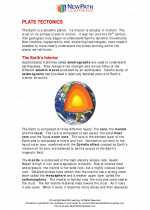 Plate tectonics
Plate tectonics  Activity Lesson
Activity Lesson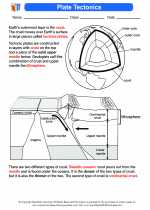 Plate Tectonics
Plate Tectonics  Worksheet/Answer key
Worksheet/Answer key Plate tectonics
Plate tectonics  Worksheet/Answer key
Worksheet/Answer key Plate tectonics
Plate tectonics  Worksheet/Answer key
Worksheet/Answer key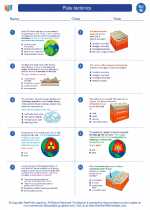 Plate tectonics
Plate tectonics  Worksheet/Answer key
Worksheet/Answer key Plate tectonics
Plate tectonics  Vocabulary/Answer key
Vocabulary/Answer key Plate tectonics
Plate tectonics  Vocabulary/Answer key
Vocabulary/Answer key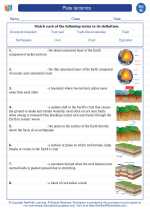 Plate tectonics
Plate tectonics  Vocabulary/Answer key
Vocabulary/Answer key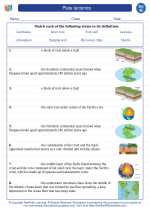 Plate tectonics
Plate tectonics  Vocabulary/Answer key
Vocabulary/Answer key Plate tectonics
Plate tectonics  Vocabulary/Answer key
Vocabulary/Answer key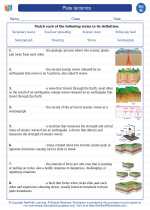 Plate tectonics
Plate tectonics  Vocabulary/Answer key
Vocabulary/Answer key Plate tectonics
Plate tectonics  Vocabulary/Answer key
Vocabulary/Answer key Plate tectonics
Plate tectonics 

 Activity Lesson
Activity Lesson
 Worksheet/Answer key
Worksheet/Answer key
 Worksheet/Answer key
Worksheet/Answer key
 Worksheet/Answer key
Worksheet/Answer key
 Worksheet/Answer key
Worksheet/Answer key
 Vocabulary/Answer key
Vocabulary/Answer key
 Vocabulary/Answer key
Vocabulary/Answer key
 Vocabulary/Answer key
Vocabulary/Answer key
 Vocabulary/Answer key
Vocabulary/Answer key
 Vocabulary/Answer key
Vocabulary/Answer key
 Vocabulary/Answer key
Vocabulary/Answer key
 Vocabulary/Answer key
Vocabulary/Answer key
